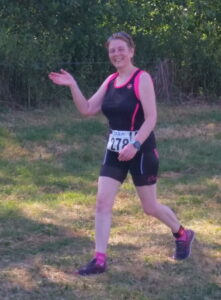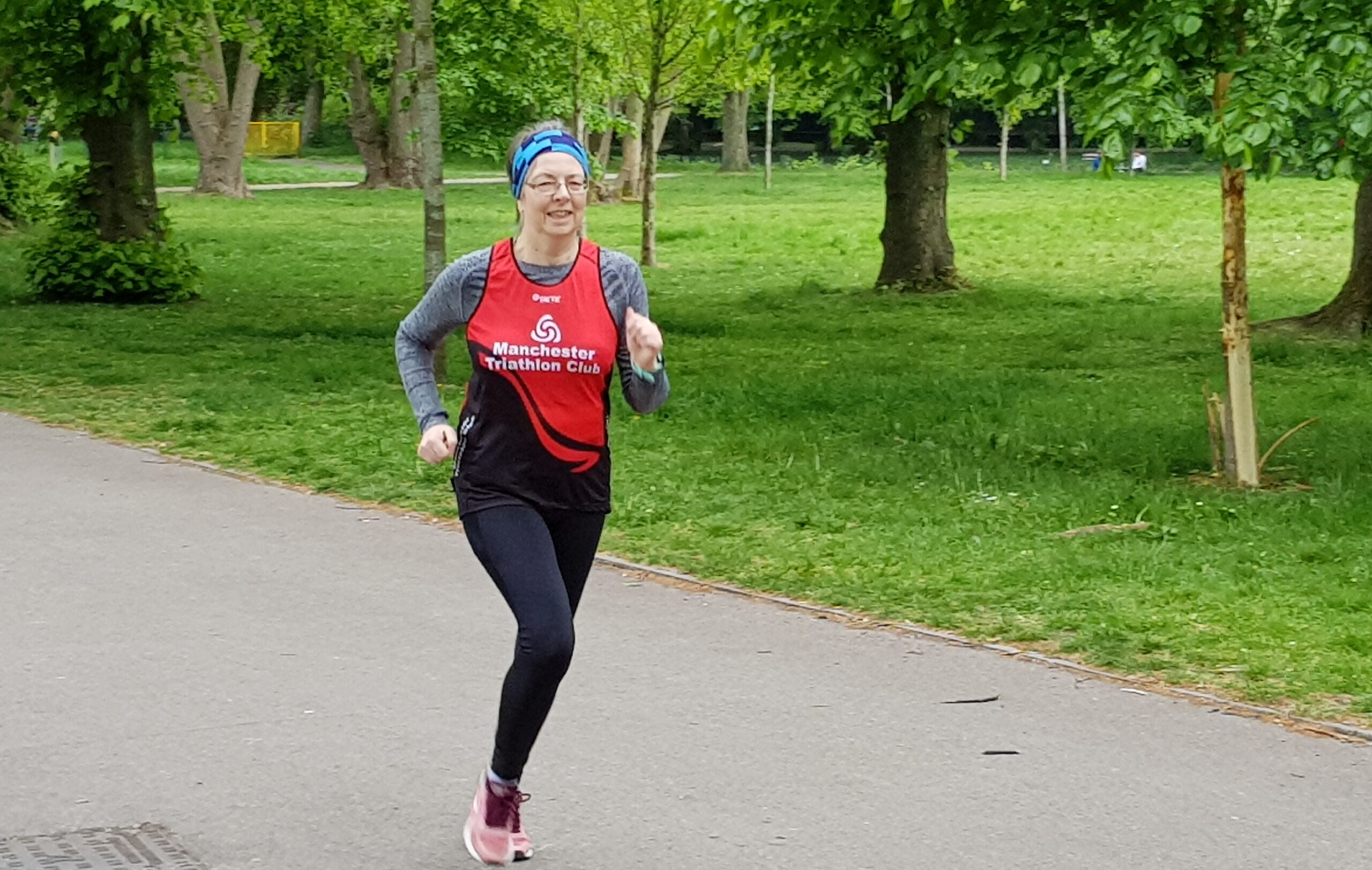My running journey
Like many, I started running with the Couch to 5k program. I made it to the point where I could run just about run 5k non stop – then my hip started hurting. Eventually I was diagnosed with bursitis – common among middle aged women who suddenly take up exercise apparently!
Every time I tried to start running again, it flared up. Eventually, after over 6 months of physio and no running, I tried again. This time I added just a few short bursts of running into my power walks.
Gradually I extended the run intervals. Then someone told me about Jeff Galloway and his run/walk method. I became a complete convert.
No longer was I “having to walk” because I wasn’t fit enough. I was “choosing to walk” to increase my overall speed.
Since then I’ve stopped trying to get back to running non stop and have become a committed fan of the run/walk method.
What is it
The key to the Run/Walk or Galloway method is that you walk before you have to.
Using a run/walk strategy is not the same as running until you can’t go a step further and then gasping and staggering until you get your breath back.
You run for a period of time, walk for a period then run again and repeat.
The walk (recovery) intervals work best when you are not completely exhausted. If you leave it too long you’ll need longer walk intervals and they will be slower. Your walk should be brisk as you want to maintain momentum.
Done properly you will be able to maintain a significantly faster pace during the run intervals than you would running continuously.

Why it’s a good strategy
The run/walk method has lots of benefits:
Injury prevention (and recovery)
The walk intervals relieve the stress on your body and reduce the risk of a repetitive injury. It’s also useful when coming back from injury, building your strength gradually. I’ve not had a running injury in 3 years.
Reduces fatigue
I used to come back from Parkrun and collapse on the sofa for the rest of the day, utterly exhausted. Now I can do even a fairly hard 10k training run and be able to do the shopping afterwards.
Keeps HR lower
Heart Rate based training is becoming increasingly popular among recreational as well as serious athletes. (e.g. 80:20 or Maffetone methods). But for many slower and less fit runners it’s almost impossible to run and keep your heart rate in the lower zones. If you want to incorporate low intensity aerobic runs into your training then run/walk intervals are ideal. Though you may be surprised at how much you need to walk.
Keep better form
Have you ever stumbled and shuffled your way around because you’re too tired to run properly? Using run/walk intervals means you can run with good technique, which again should prevent injury and develop good habits as you get fitter.
It works
Finally, it’s a good strategy for me because it’s quicker. My run/walk 5k time is about 2 minutes faster than when I try to run the whole way.
The downside
Unfortunately there are still some people who think that walking is a sign of giving up or weakness. And too many of them think it’s appropriate to tell you. Often it’s well meaning and intended as encouragement but it can still be annoying. It’s less common in triathlon runs but almost universal at running events (and sadly even Parkrun).
Don’t let it get to you. Shout “Galloway Method” at them if you want.
And ditch any residual guilt you might have about walking. It’s all about the most effective way to get from A to B. And if that means intervals, then do them with your head held high.
